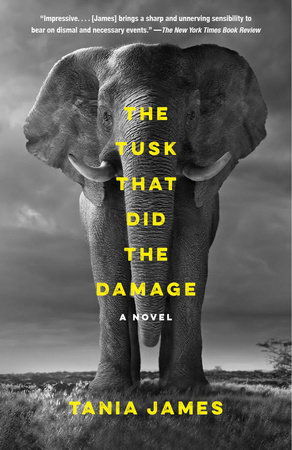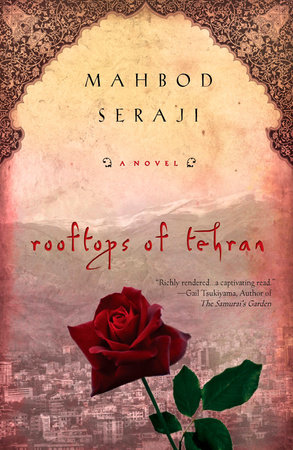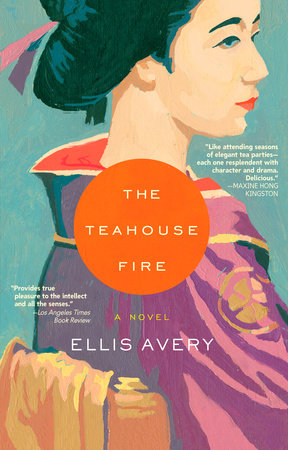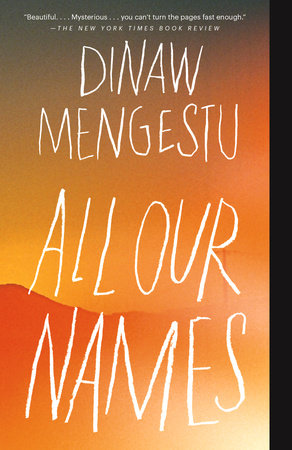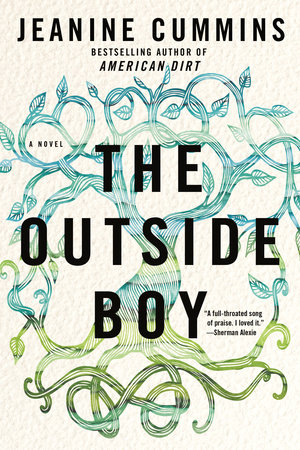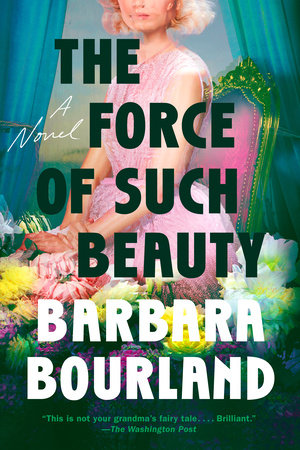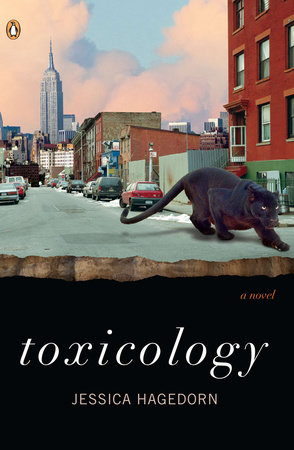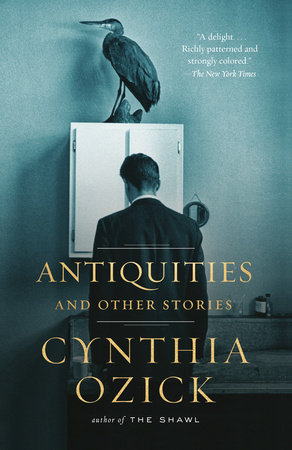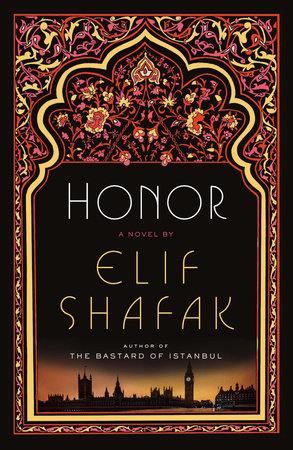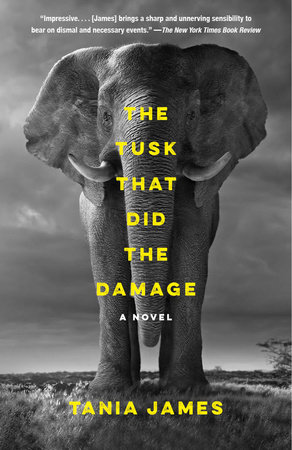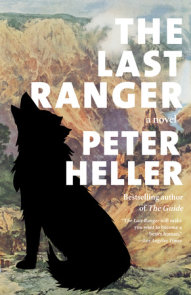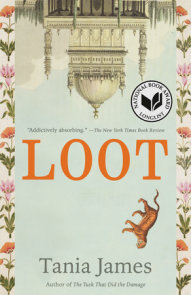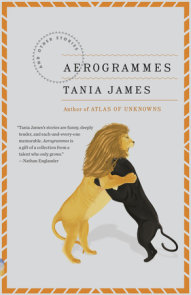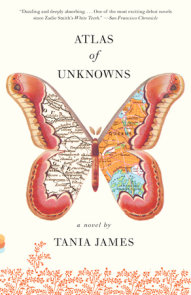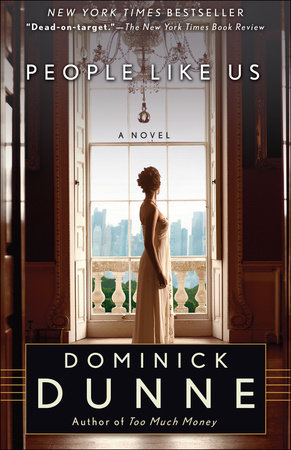Author Q&A
Q: I’m curious about the title, THE TUSK THAT DID THE DAMAGE. It’s drawn from a myth told at the crux of the novel. Where did that myth come from? Did you write it with the rest of the novel in mind, or was it the germ from which the rest of the novel came?
A: Myths are mesmerizing—I’ve always liked their simplicity, their insanity, their authority. I was reading all kinds of texts about elephants, many of which included myths. There was one about flying elephants who were condemned to a flightless life by a Sage. There was another about an African elephant who powdered his canines with a magical dust, which allowed him to grow the world’s first tusks. I suppose those myths seeped into my bloodstream somehow. At first it didn’t seem clear to me how a myth would work within the framework of the novel, detached as it is from the rest of the characters. My hope is that it hovers over and haunts the rest of the story, adding resonance to the novel’s events through its magical elements.
Q: The story is told from three distinct points of view: a poacher, a documentarian, and an elephant—each telling a crucial part of the story. How did you keep these voices separate when writing the novel?
A: I focused on one section at a time for about a month, so as to maintain the voice, all the while keeping my eye on the other two voices which I would then have to go back and retrieve, to keep the plot intact. It was a perpetual game of catch-up, occasionally maddening, but never boring. It also helped to listen to music or read from stories that would help to cue up a particular voice. There was a song from a Merchant-Ivory film called The Guru (which Wes Anderson also used in The Darjeeling Limited). It’s called “Arrival in Benaras,” and has this jaunty, energetic rhythm that I associated with the poacher’s voice. For a while I listened to that two-minute song ad nauseum before sitting down to write. I also came across Kafka’s “A Report to an Academy” while I was writing this novel and was amazed and delighted that I’d never encountered it before. It’s told through the voice of an ape, at once authoritative, sarcastic, and moving. A tall order, maybe, but I wanted the voice of the poacher’s brother to contain similar shades. There were many more influences, but these are two that spring to mind.
Q: Tell us more about the choice to give voice to the elephant, called the Gravedigger, in the novel. What was your process for writing his physical habits (did you watch films, talk to experts who study elephants, visit elephant sites)? And how, if at all, did that inform the (rather complicated) voice you give him?
A: The bulk of my knowledge came from reading the work of elephant ethologists, hunters, keepers, and trainers, all of whom devoted years to analyzing the brains and habits and behaviors of the elephant. Of course, they don’t always agree. (One source told me that elephant calves suckle their own trunks at night for comfort; another told me they do this to keep ants from running up their nostrils.) The more I researched, the more it seemed to me that anthropomorphism is an outdated concept, as is the idea of human exceptionalism. We know much more about the cognitive capacity of animals than we did twenty, even ten, years ago. We know that crows can make tools to retreive food. We know that pigs can experience optimism and pessimism. We know that many animals adapt to their environments, although not fast enough to outpace manmade destruction. So the line between human and animal traits is blurrier than we once believed. Faced with all these sources, my approach was to consume as much information as I could do, and then shut all the books and write from whatever my brain had retained.
I love “Report for an Academy” and of course Animal Farm, but here, I was attempting something less playful and more naturalistic, for lack of a better word. I was aiming to write as closely as possible to what an elephant might actually think or feel in any given situation, knowing there’s only so much interiority I can portray.
On the other hand, I think it’s easy to oversentimentalize or infantilize an animal like the elephant, in our attempt to empathize with it. They’re handsome and grand, their babies are incomparably cute. They’re sort of cartoonish, at least from my urbanized perspective, which has been sanitized of any real animal threat. So it would be easy to use an animal as a bounce-board for human emotion. Instead I was trying, in my limited way, to give the elephant his own unique autonomy and intelligence.
Q: Your previous books, Atlas of Unknowns and Aerogrammes, both drew praise for your ability to construct real, tender, if complex, relationships. Here, we have those same complicated relationships at play: human to human, human to animal, and animal to animal. Was it different to write relationships through the eyes of an animal?
A: Very different. The relationship between a captive elephant and his keeper is often complicated by a number of competing emotions—trust, power, and fear among them. Certainly there are all sorts of human relationships that involve the same emotions, but these emotions surface very differently where elephants are involved, especially ones that have experienced traumatic events. To the lay person (and that includes me), elephants are difficult to read: their eyes are small, their mouths aren’t particularly expressive. It’s easy to misjudge a small behavior that actually conveys quite a bit. When a captive elephant nods, continuously, for no apparent reason, is this a sign of boredom? Of happiness? Of madness? And when an elephant weeps tears, is this an expression of sorrow or the result of leaky tear ducts? I found that there were times when I had to stop myself from exercising the writerly empathy that I would normally use when characterizing a human protagonist, and instead consider how elephants are mentally and physically wired. At the same time, it was important to consider the Gravedigger as an entity with his own specific history, personality, and emotions, apart from other elephants.
Q: While arguably the biggest takeaway from the book is pinned on the moral justice of poaching elephants for their ivory tusks, there are social and economic issues playing out here as well (I’m thinking of the socioeconomic factors that lead to poaching and relations between poachers themselves). What do you see as the larger message in THE TUSK THAT DID THE DAMAGE?
A: I don’t know that the novel arrives at a message, although, with the juxtaposition of these three particular perspectives, a few questions arise: who is to blame for the violence between human and elephant? How does a “rogue” elephant arrive at this level of bloodshed? And are those of us who are farthest from the violence, in some strange way, also the beneficiaries of it? Most people know, for example, the role that China is playing in the ivory trade, and how terrorist groups like Boko Haram are using smuggled ivory to fund their activities. What is less known—or less publicized—is that the United States is currently the second-biggest retailer for ivory in the world. So, no hand is clean.
Q: Was there anything that you learned in your research of this book that surprised you?
A: For a long time, I was a rather annoying mouthpiece of elephant information, and most of my sentences began with Did you know…? Did you know that an elephant can pinch a lima bean with the “finger” on the tip of its trunk? Did you know that the Asian elephant has one finger, and the African elephant has two? But it’s the emotional sensitivity of elephants that never ceases to amaze me, and in particular, the ways in which a deep-seated trauma can embed itself in the animal’s consciousness, exploding to the surface as suddenly and violently as with human beings who suffer from post-traumatic stress disorder. In fact, my interest in the subject began when I read of a sleight of bizarre incidents, as documented in Gay Bradshaw’s Elephants on the Edge, wherein a number of young male elephants had raped and killed rhinoceroses on South African game reserves. Dr. Bradshaw links this unusual aggression to the trauma caused by poaching, culling, and habitat loss. For me, it was impossible to read of that incident and not want to know more about elephants (and more, and more.)
Q: Were there any books in particular that helped inspire or inform your novel?
A: Yes indeed. Elephants on the Edge: What Animals Teach Us about Humanity by Gay Bradshaw, is a remarkable journey into empathy. The Elephant Graveyard by Tarquin Hall, makes mention of a real-life elephant very similar to the Gravedigger, (albeit based in Assam,) which also used to bury its victims, sometimes carrying the body for a mile beforehand. In some cases, if the body was removed from the Gravedigger’s burial site, he would go in search of it!
Two more helpful texts: Deeper Roots of Historical Injustice: Trends and Challenges in the Forests of India—in particular, the chapter by Ashish Kothari and Neema Pathak: “Conservation and Rights in India,” and Elephant Days and Nights by Raman Sukumar. These last two were helpful in constructing the world of the poacher sections, which are set around a South Indian wildlife park in the year 2000.
Q: What is your writing process like?
A: I used to be pretty consistent about my writing schedule, starting first thing in the morning with a tea and a little reading around. Now that I have an eight-month old, I drink coffee by the pint and steal whatever hours I can. No day looks the same as the last.
Q: What’s next for you?
A: I am working on what seems like a short story, though it could change its mind at any moment now.
